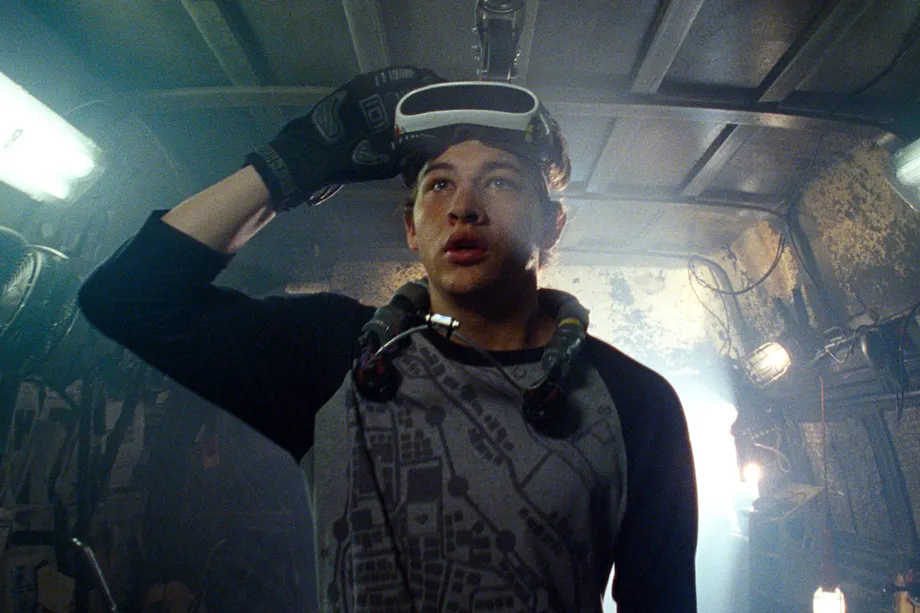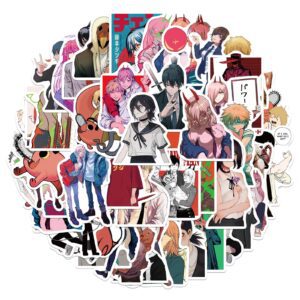Ernest Cline’s novel Ready Player One demonstrates perhaps the most realistic fictional representation of futuristic virtual reality technology. With much of the tech he explores existing in some capacity even today, one can’t help but imagine that this future fantasy he suggests may not be too far from reality.
The Scene
It’s the 2040s, and a severe energy crisis plagues the world. Resulting from the depletion of fossil fuels, global warming, and an overpopulation epidemic, the economy is in a state of stagnation, causing widespread social issues. To escape from the grim reality of the real world, many people turn to the OASIS; a virtual world built on the premise of an MMORPG. With the use of a VR visor and haptic gear, people are transported to a more idyllic world in which the only limit is their imagination.
Most people make money by working on the platform, with the in-game currency being the most stable in the real world. Businesses are primarily established on the platform, and an employee’s duties are generally confined to the virtual world. With the real world in such a dire state, employment now exists almost exclusively in the OASIS. Even education is provided through the OASIS, as hugely elevated crime rates mean much of the real world is now too dangerous for young people. Students enrol onto virtual campuses where all of their classes are held, and where their capabilities within the system are restricted.
already exists in some capacity. VR technology already exists in several forms, and haptic technology is also beginning to enter the consumer market. As for the platform specifically, examples of VRMMORPGs currently exist, albeit in fairly basic forms. It, therefore, seems sensible to assume that in the next couple of decades, we might well see something closely resembling the OASIS.
With such a versatile and accessible platform, it seems entirely likely that an OASIS equivalent would be widely used. With social media’s huge popularity and its role in modern society, a platform like the OASIS would be a huge hit. Much like social media currently allows people to make a living online, a platform like this could very likely open up a load of new possibilities for people to make money. That being said, in the same way, that Instagram influencers make up a tiny portion of the global population today, it’s highly unlikely that this would replace the entire real-world job market. Similarly, education would probably benefit greatly from such a platform, but it certainly wouldn’t replace the need for physical schools.
With the huge success and value of cryptocurrencies such as Bitcoin, this sort of platform could easily have a widely accepted currency with a certain level of real-world value. This would eliminate the potential issues global currencies pose and the associated challenge of exchange rates.
Disregarding the technology side of things for a moment, the prospect of a not-so-distant-future Earth in virtual ruin is plausible. Everything set out in Cline’s fictional future is based on the current reality of our world, and these issues are already very real. As global warming and concerns over limited energy sources become more severe, we continue to make leaps in both science and technology. It is not impossible that our world could enter such a state of decline. With that, it seems realistic to assume that in this hypothetical future, people would take advantage of the technology available to escape from a grim reality.
Can we expect to see an equivalent to the OASIS in the near future?
As virtual reality gradually gains more traction in the public market, and as the technology constantly improves, the possibilities for VR are seemingly endless. Given enough time, we can assume that VR will eventually be accessible to a much wider range of people and will have a plethora of applications beyond simple gaming. As technology develops and continues to enter the public conscience, it’s possible that VR could become a common household appliance. With enough practical applications and sufficient accessibility, VR could easily become the new smartphone, as equally necessary in daily life as the smartphone is to us today.
And with that, a platform like the OASIS would quickly replace Facebook and Twitter, connecting and engaging the world in a manner that has never been seen before. It sounds sort of like the metaverse, only not garbage.













